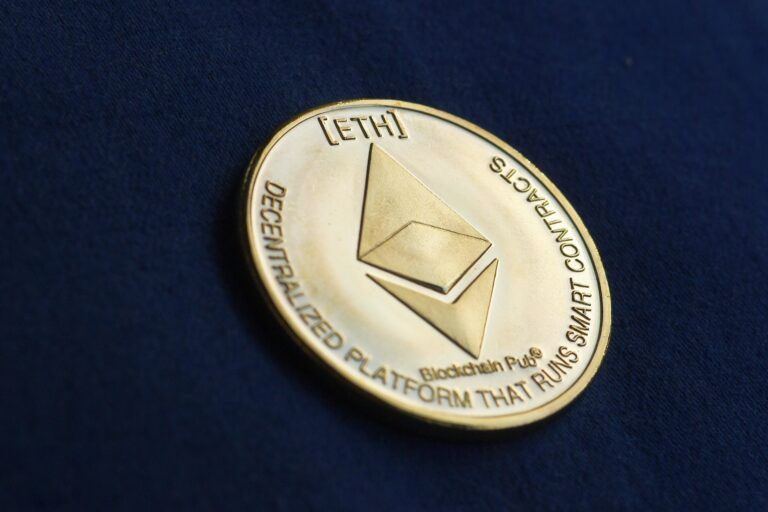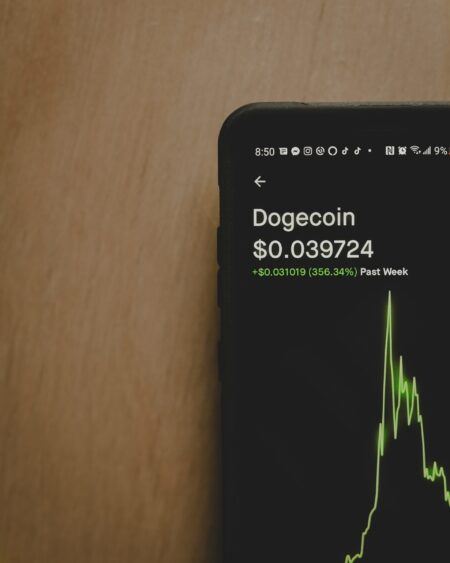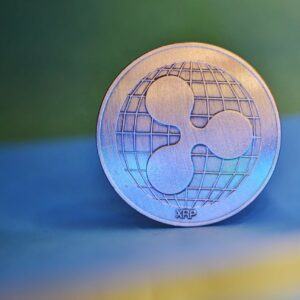In a recent video, trading mentor Thomas Kralow compares the current state of Ethereum (ETH) and its strongest closest rival, Solana (SOL).
Ethereum’s Current Sentiment and Market Dynamics
Kralow begins by acknowledging the current negative sentiment surrounding Ethereum. Despite Ethereum’s fundamental strengths, he says the market sentiment is overwhelmingly pessimistic, with many critics labeling it as a “garbage coin” destined to fail. He mentions that this sentiment has led to significant price drops in the past, making it a crucial factor in Ethereum’s current valuation.
However, Kralow emphasizes that market sentiment alone shouldn’t dictate investment decisions. He urges his audience to look beyond the negative noise and focus on the fundamentals that have historically made Ethereum a cornerstone of the crypto industry.
The Case for Solana
Solana is often touted as a strong competitor to Ethereum, primarily due to its faster transaction speeds and lower costs. Kralow acknowledges these advantages but cautions against viewing Solana as a direct replacement for Ethereum. He notes that while Solana has gained popularity, much of its activity revolves around meme coins and speculative trading, which, although significant, doesn’t equate to the fundamental importance of Ethereum in the broader crypto ecosystem.
Kralow points out that Ethereum is deeply integrated into decentralized finance (DeFi), non-fungible tokens (NFTs), and decentralized autonomous organizations (DAOs). He was Ethereum hosts over 4,000 active decentralized applications (DApps), which is four times more than Solana. He argues that this extensive ecosystem makes Ethereum far more critical to the industry’s infrastructure than Solana, which, despite its growth, remains less decentralized and less secure.
Ethereum’s Fundamental Strengths
One of the key strengths of Ethereum is its decentralization and the robustness of its developer community. Kralow says Ethereum’s long track record of security and stability makes it a preferred platform for serious projects. Kralow mentions that Ethereum’s network security and developer support are unparalleled in the crypto space, which is why he thinks that major institutions like BlackRock are more bullish on Ethereum than Solana.
Kralow also discusses the Total Value Locked (TVL) in Ethereum, which he says stands at roughly $50 billion—dwarfed in comparison to Solana’s TVL.
Why Ethereum is Not Performing as Expected
Despite these strengths, Ethereum’s price has not performed as well as some investors hoped. Kralow attributes this underperformance to Ethereum’s older and larger holder base, which is more prone to selling during market fluctuations. He says this “lettuce hands” phenomenon leads to higher volatility and slower price growth compared to newer, more speculative assets like Solana.
However, Kralow remains optimistic about Ethereum’s future, especially with potential catalysts like rate cuts from the Federal Reserve on the horizon. He predicts that once the market stabilizes and these catalysts take effect, Ethereum will likely see a significant rally, potentially reaching $10,000 or more.
Solana’s Role in the Crypto Ecosystem
While Kralow remains bullish on Ethereum, he doesn’t dismiss Solana’s potential. He advises his audience to hold both Ethereum and Solana, acknowledging that Solana could pump significantly, possibly exceeding $1,000 per token. However, he makes it clear that selling Ethereum to buy Solana would be a mistake, as Ethereum’s foundational role in the industry makes it a more secure long-term bet.
Conclusion: A Balanced Approach
Kralow’s analysis leads to him to this conclusion: both Ethereum and Solana have their strengths, but they serve different purposes within the crypto ecosystem. Ethereum remains the dominant platform for decentralized applications and is deeply integrated into the industry’s core infrastructure. Solana, while promising and fast-growing, is still catching up in terms of real-world applications and security.
For investors, Kralow recommends holding both assets, with a heavier emphasis on Ethereum due to its established position and the significant accumulation happening at current levels. He believes that both Ethereum and Solana will see substantial gains in the coming years, but Ethereum’s role as the backbone of the crypto industry makes it the safer and more strategic choice.
Featured Image via Pixabay









